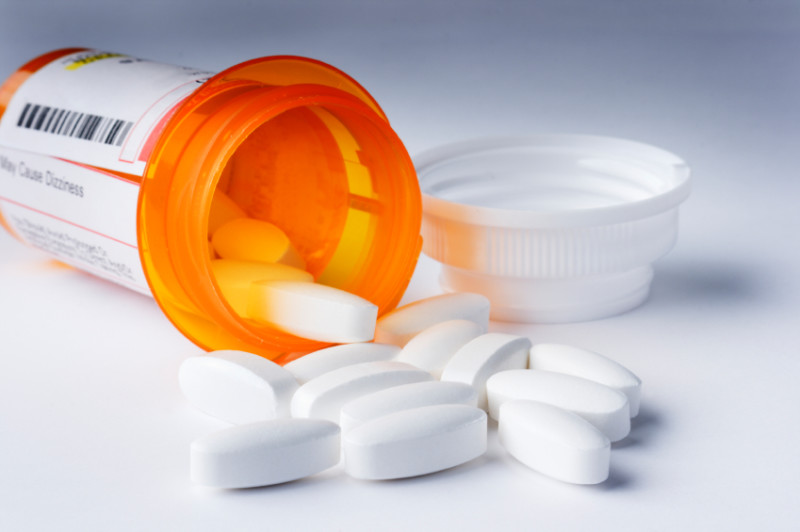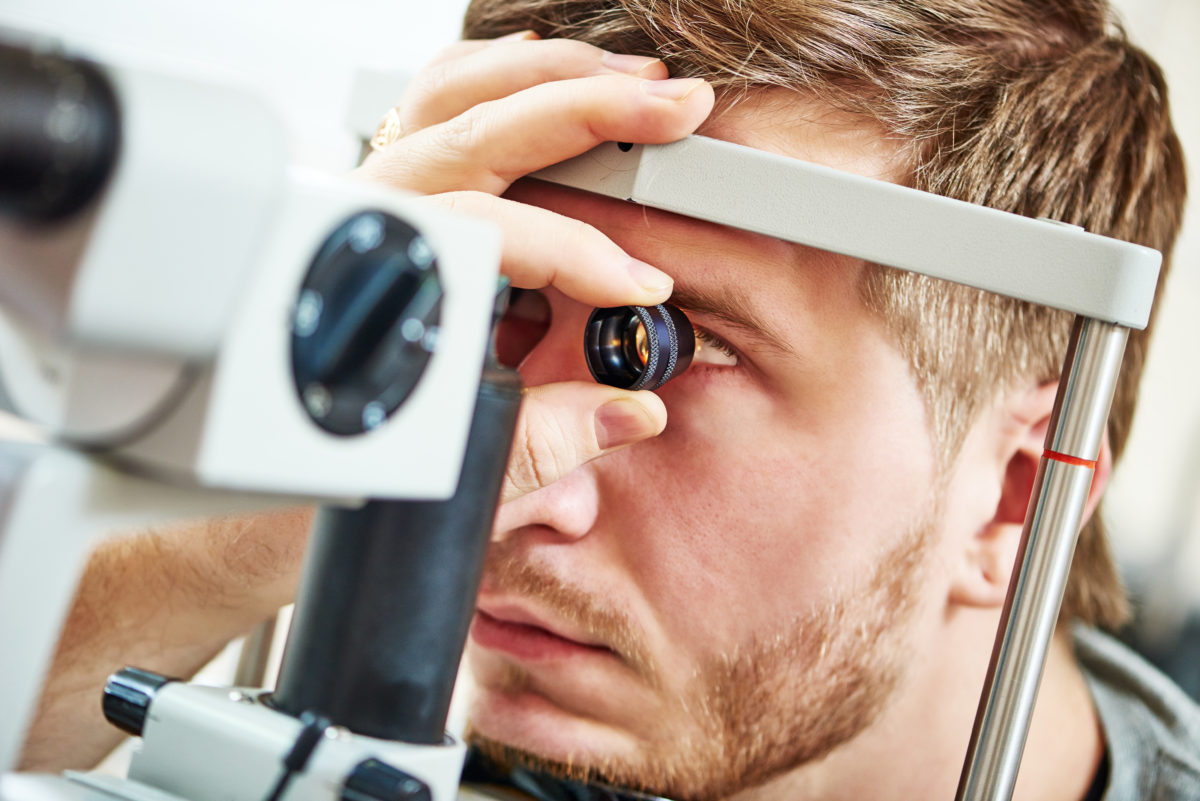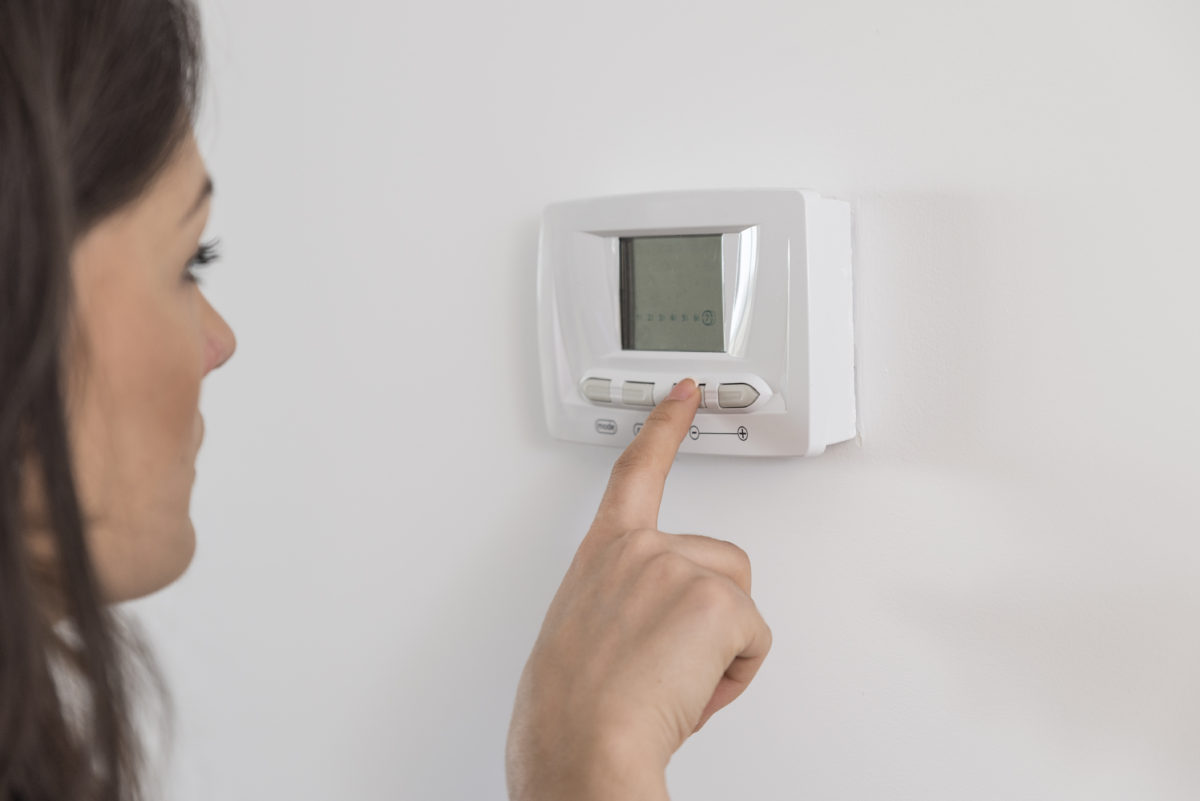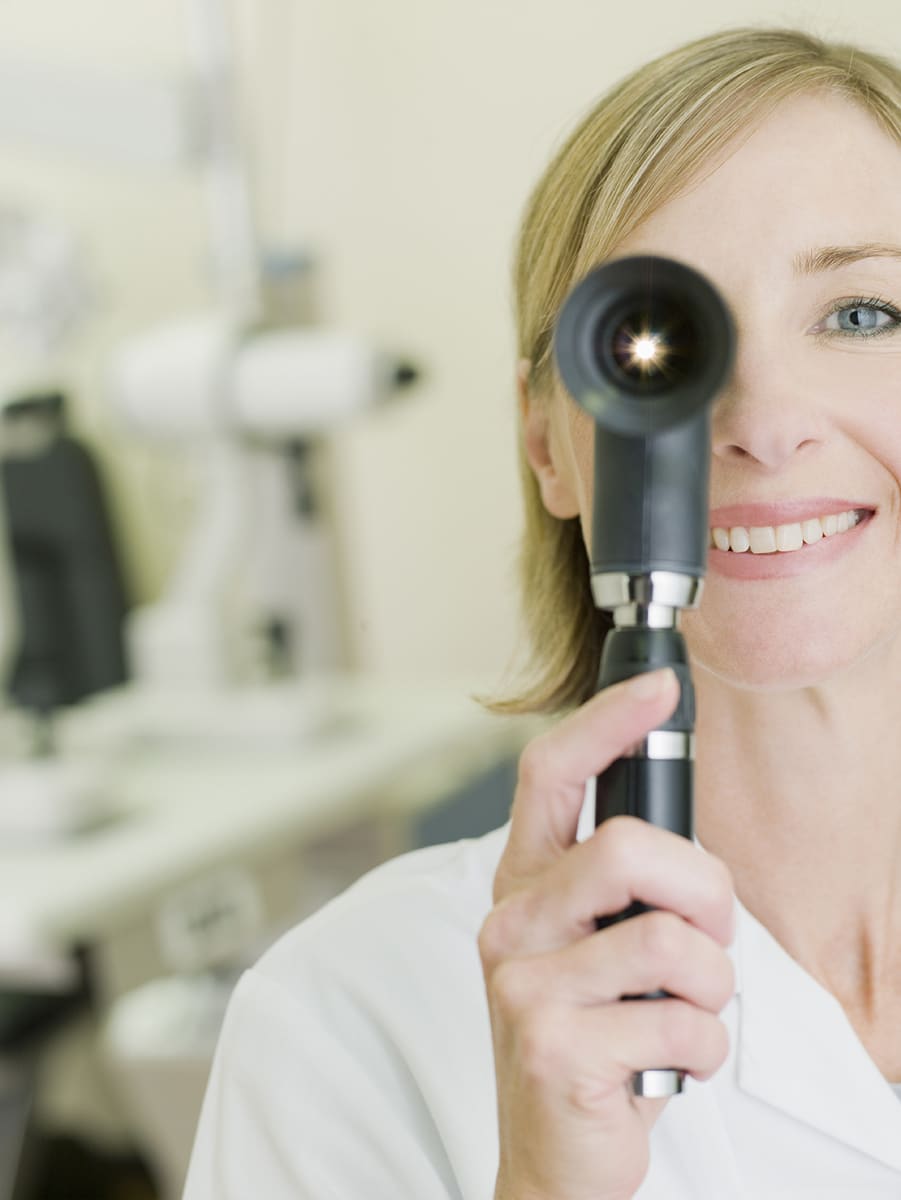The statistics are everywhere and they are alarming:
Nationally 1 in 4 are addicted to opiates; up to 125 people die every day from overdosing on heroin and opioid pain medications
Over all, drug overdoses now cause more deaths than car crashes. The drugs that are killing so many in this country are opioid pain medications like Oxycontin and hydrocodone.
In fact, drug overdoses are reaching an epidemic in our country that is only paralleled by the HIV epidemic of the 1980’s.
I’ve been reading these numbers, as no doubt you have, for months now. But it was a recent study about what happens to people who overdose (and survive) that really struck me.
In a recent study by Boston Medical Center, over one third of people who had overdosed were back on the same prescriptions drugs within a month; over 90% of them were back on the pills within a year.
It probably doesn’t surprise you to learn that in our country, even after overdosing on opioids and being revived In an emergency room, you are likely to continue using them. Sure, that’s the nature of addiction.
What may surprise you (and definitely surprised this doctor) is that after overdosing, many people continue to get these pain medications legally through their doctors.
In over 70% of these patients who overdosed, it was the SAME DOCTOR who prescribed the drugs initially! They don’t even have to “doctor shop” for a physician to keep prescribing!
This study looked at patients with chronic back or musculoskeletal pain who were being prescribed morphine, oxycodone and codeine for their pain.
The study doesn’t even touch upon the availability of illegal opiates on the black market or our heroin epidemic.
What this tells us is that we have a gross gap in communication both between our emergency rooms and our physicians as well as between physicians co-treating patients.
After nearly dying from an overdose a patient should not be released home without some sort of continuity of care; their doctor needs to know.
A database needs to be maintained to track narcotic prescriptions, not just tracking which doctors are prescribing which medications, which we already have. We need to track who these PATIENTS are.
Insurance companies are well equipped to track what patients are taking and what tests are being done. Sure these companies have the financial incentive to do this.
What incentive do we have? Solely the incentive to save what is turning out to be a generation of addicts.
Even a divided Congress, notorious for being unable to come together to pass meaningful legislation, has been working toward passing a bill that not only gives money to the problem but comes up with a plan to solve the problem.
What makes this drug epidemic unique is where you can find it: not just in inner city, poor areas but it rural blue collar areas and suburban upper class neighborhoods. The crisis is spreading particularly fast in middle to upper class white neighborhoods.
This isn’t the cocaine epidemic of the 1980s: these aren’t drugs passed around surreptitiously on a street corner. They are for the most part obtained by their doctors legally.
Yet when patients become addicted there’s no one there to help. Their doctors have no idea they are addicted. They keep getting their legal prescriptions or they turn heroin, leading to a whole new host of issues including needle use and never knowing what that street heroin is laced with.
Laws have already been passed that attempt to control the prescription of narcotics: limited refills, triplicate numbered prescriptions that have to be handed in not and not just called in. Yet it’s obviously not nearly enough.
Congress is in the works to appropriate over $1.1 billion towards this crisis. This funding would more than quadruple the current measly budget of $127 million that has done little against this fight.
Reportedly half of this money will go towards treatment facilities and related addiction support. The other half would go toward preventing prescription drug overdoses in the first place. I hope that this funding is used toward a better communication line between physicians and emergency rooms.
A necessary part of this plan should be training medical doctors to spot addiction: is a patient going through their pills too fast for his or her reported pain levels? What red flags in a patient’s medical and social history should a doctor pick up on?
The widespread use of electronic health records and prescribing is great, but if each physician or healthcare group uses a different system with no inter-communication, what’s the point?
The American Medical Association has already proposed a “call to action” on the opioid crisis, including a proposed Prescription Drug Monitoring Program; a database that would help doctors when they’re deciding what medication to prescribe for each patient’s pain.
As a doctor, I don’t want to have to decide who is in need of pain medication and who is just scamming me. As a patient, I don’t want to be denied medication I may truly need because the doctor has no idea if I am prone to addiction.
As doctors, if we can’t control whom we are legally prescribing to, what good are we to our patients? The current situation is in gross opposition to the Hippocratic Oath doctors take: First do no harm.
How can we as physicians faithfully carry out this pledge to do no harm if we have no idea that a patient just overdosed on the same medication they need to control their pain?
It comes down to this, as physicians we want to first do no harm; we don’t want to be unwitting drug dealers.
Kudos to Congress for continuing to discuss this health crisis and appropriate funding to help healthcare professionals across the board deal with what truly is a healthcare crisis in our country. I hope this is one issue that Congress can agree needs true action and not just money thrown at it.
 English
English French
French German
German






